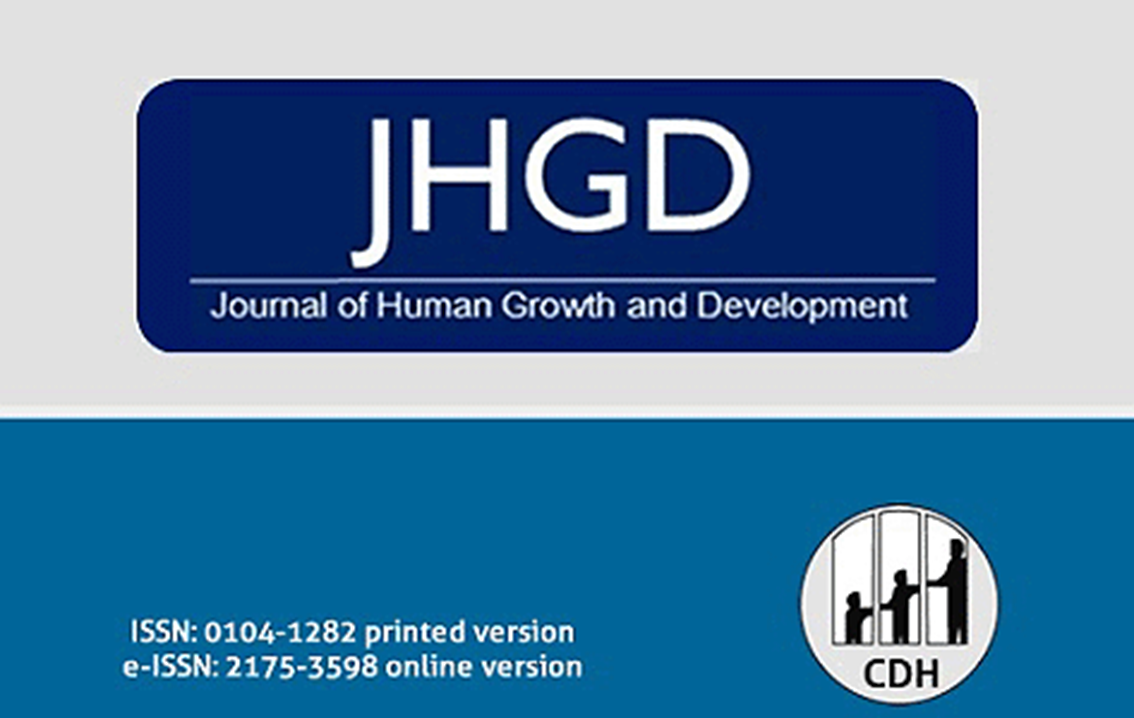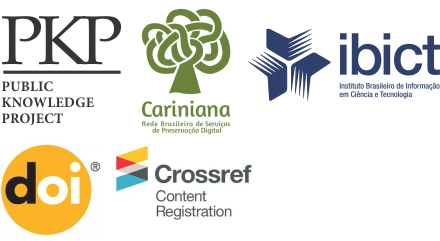Complexity theory in the management of patients with pain
DOI:
https://doi.org/10.36311/jhgd.v32.13365Keywords:
complexity, contextual factors, pain, health professionals, placebo, noceboAbstract
Nonlinear systems are not susceptible to being investigated with reductionist methods. In this sense, complexity theory offers an alternative approach to quantify the importance of contextual factors (CFs) in the patient with pain. The result of the positive (placebo) or negative (nocebo) use of CFs in the therapeutic setting could be responsible for a large part of a non-specific component of the efficacy of the treatment, directly affecting the quality of the results related to the patient's health (for example, pain, disability, or satisfaction). In recent years, understanding of the value of these effects has increased. Despite growing interest, knowledge, and awareness of them is currently limited and heterogeneous among health professionals, reducing their translational value in the field of health.
Downloads
References
Jones DS, Podolsky SH, Greene JA. The burden of disease and the changing task of medicine. N Engl J Med. 2012 Jun 21;366(25):2333-8. DOI: 10.1056/NEJMp1113569
Corazza GR, Formagnana P, Lenti MV. Bringing complexity into clinical practice: An internistic approach. Eur J Intern Med. 2019 Mar; 61: 9-14. DOI: 10.1016/j.ejim.2018.11.009
Tuffin R. Implications of complexity theory for clinical practice and healthcare organization. BJA Educ. 2016;16(10):349–52. DOI: 10.1093/bjaed/mkw013
Lipsitz LA, Goldberger AL. Loss of 'complexity' and aging. Potential applications of fractals and chaos theory to senescence. JAMA. 1992 Apr 1;267(13):1806-9.
Wiech K, Ploner M, Tracey I. Neurocognitive aspects of pain perception. Trends Cogn Sci. 2008 Aug;12(8):306-13. DOI: 10.1016/j.tics.2008.05.005
Bushnell MC, Ceko M, Low LA. Cognitive and emotional control of pain and its disruption in chronic pain. Nat Rev Neurosci. 2013 Jul;14(7):502-11. DOI: 10.1038/nrn3516
Plsek PE, Wilson T. Complexity, leadership, and management in healthcare organisations. BMJ. 2001 Sep 29;323(7315):746-9. DOI: 10.1136/bmj.323.7315.746
Plsek PE, Greenhalgh T. Complexity science: The challenge of complexity in health care. BMJ. 2001 Sep 15;323(7313):625-8. DOI: 10.1136/bmj.323.7313.625
Kamper SJ. Engaging With Research: Linking Evidence With Practice. J Orthop Sports Phys Ther. 2018 Jun;48(6):512-513. DOI: 10.2519/jospt.2018.0701
Sanders T, Foster NE, Bishop A, Ong BN. Biopsychosocial care and the physiotherapy encounter: physiotherapists' accounts of back pain consultations. BMC Musculoskelet Disord. 2013 Feb 19; 14: 65. DOI: 10.1186/1471-2474-14-65
Sturmberg JP, Picard M, Aron DC, Bennett JM, Bircher J, de Haven MJ, Gijzel SMW, Heng HH, Marcum JA, Martin CM, Miles A, Peterson CL, Rohleder N, Walker C, Olde Rikkert MGM, Melis RJF. Health and Disease-Emergent States Resulting from Adaptive Social and Biological Network Interactions. Front Med (Lausanne). 2019 Mar 28; 6: 59. DOI: 10.3389/fmed.2019.00059
Wiech K, Ploner M, Tracey I. Neurocognitive aspects of pain perception. Trends Cogn Sci. 2008 Aug;12(8):306-13. DOI: 10.1016/j.tics.2008.05.005
Testa M, Rossettini G. Enhance placebo, avoid nocebo: How contextual factors affect physiotherapy outcomes. Man Ther. 2016 Aug; 24:65-74. DOI: 10.1016/j.math.2016.04.006
Di Blasi Z, Harkness E, Ernst E, Georgiou A, Kleijnen J. Influence of context effects on health outcomes: a systematic review. Lancet. 2001 Mar 10;357(9258):757-62. DOI: 10.1016/s0140-6736(00)04169-6
Carlino E, Frisaldi E, Benedetti F. Pain and the context. Nat Rev Rheumatol. 2014 Jun;10(6):348-55. DOI: 10.1038/nrrheum.2014.17
Wager TD, Atlas LY. The neuroscience of placebo effects: connecting context, learning and health. Nat Rev Neurosci. 2015 Jul;16(7):403-18. DOI: 10.1038/nrn3976
Carlino E, Benedetti F. Different contexts, different pains, different experiences. Neuroscience. 2016 Dec 3; 338: 19-26. DOI: 10.1016/j.neuroscience.2016.01.053
Garcia-Niebla J, Pérez-Riera AR, Barbosa-Barros R, Muñoz D, Nikus K. Brugada syndrome unmasked by fever and paradoxical lower degree of dromotropic disturbance in the right ventricular outflow tract. J Hum Growth Dev. 2022;32(2):187-191. DOI: 10.36311/jhgd.v32.13319
Zequinão MA, MedeirosP, Oliveira WA, Santos MA, Lopes LCO, Pereira B. Body dissatisfaction and bullying among underweight schoolchildren in Brazil and Portugal: a cross-cultural study. J Hum Growth Dev. 2022; 32(2):192-201. DOI: 10.36311/jhgd.v32.9943
Zambaldi MPM, Bisi Molina MC, Martinelli KG, dos Santos-Neto ET. Children, maternal and socioeconomic characteristics influence oral hygiene habits in schoolchildren. J Hum Growth Dev. 2022; 32(2):202-213. DOI: 10.36311/jhgd.v32.13163
Alemu YM, Gobena MG. Determinants of age at first birth among women in Ethiopia using cox proportional hazards model. J Hum Growth Dev. 2022; 32(2):214-222. DOI: 10.36311/jhgd.v32.13145
Pontes CFR, Chamié LP, Aguiar M, Silva EJC, Leite DFB, de Carvalho Silva SAL, Figueiredo JL. Deep endometriosis: clinical and epidemiological findings of diagnosed women according to the criteria of the international deep endometriosis analysis group (IDEA) group. J Hum Growth Dev. 2022; 32(2):223-231. DOI: 10.36311/jhgd.v32.13312
Cunha AC, Santos Neto ET, Cattafesta M, Salaroli LB. Factors associated with the leisure pratice of individuals on hemodialysis. J Hum Growth Dev. 2022; 32(2):232-241. DOI: 10.36311/jhgd.v32.13321
Pereira RGV, Souto RP, Longo PL, Fernandes CE, Filho IC, Felizi RT, Veiga MG, de Oliveira E. Evaluation of the g473a polymorphism in the lysyl oxidase gene as a risk factor related to the occurrence of breast cancer in Brazilian women. J Hum Growth Dev. 2022; 32(2):242-247. DOI: 10.36311/jhgd.v32.13317
Alonso BD, Niy DY, Aguiar CA, Fonseca EL, Sandall J, Diniz CSG. Measuring harm-free care in childbirth: a pilot application of the maternity safety thermometer in Brazil. J Hum Growth Dev. 2022; 32(2):248-257. DOI: 10.36311/jhgd.v32.13228
Barcelos MRB, Lima EFA, Dalla MDB, Vargas TB, Barroso JAM, Souza MP, Barbosa CA, Primo CC. Evaluation of actions to address acquired syphilis between 2016 and 2019, in a southeast brazilian state capital city. J Hum Growth Dev. 2022; 32(2):258-267. DOI: 10.36311/jhgd.v32.12955
Pinasco GC, de Mattos Farina EMJ, Barcellos Filho FN, Fiorotti WF, Ferreira MCM, Souza Cruz SC, Colodette AL, Loureiro LR, Comério T, Farias DCS, Lima EFA, Manhambusque KV. An interpretable machine learning model for COVID-19 screening. J Hum Growth Dev. 2022; 32(2):268-274. DOI: 10.36311/jhgd.v32.13324
Pastori BG, Colmanetti AB, Aguiar CA. Perceptions of sex workers about the care received in the health care context. J Hum Growth Dev. 2022; 32(2):275-282. DOI: 10.36311/jhgd.v32.10856
Lima JKT, Lima SRT, de Lima Júnior AL, Abreu ACG, Corrêa JA. Vascular accesses for hemodialysis in Ceará-Brazil. J Hum Growth Dev. 2022; 32(2):283-293. DOI: 10.36311/jhgd.v32.13318
Barnes C, Adamson-Macedo EN. Understanding the impact of newborn touch upon mothers of hospitalized preterm neonates. J Hum Growth Dev. 2022; 32(2):294-301. DOI: 10.36311/jhgd.v32.13322
Silva AP, Ribeiro MA, Emídio MP, Daboin BEG, Morais TC, de Oliveira Abreu CIP, Bezerra IMP, Abreu LC. COVID-19 in the municipalities of Botucatu and Serrana, São Paulo, Brazil, the effects of lethality and mortality. J Hum Growth Dev. 2022; 32(2):302-314. DOI: 10.36311/jhgd.v32.13225
Duarte DFB, Libório JR, Cavalcante GME, de Aquino TL, Bezerra LC, Martin ALAR, Lacerda JVR, Friary V, de Paula JA. The effects of mindfulness-based interventions in COVID-19 times: a systematic review. J Hum Growth Dev. 2022; 32(1):315-326. DOI: 10.36311/jhgd.v32.13313
Cavalcanti MPE, Siqueira E, Moraes TC, Guerrero Daboin BE, Portugal IBM, Pimentel RMM, da Silva HMR, Jacintho LC, Elmusharaf K, Abreu LC. Trends in COVID-19 lethality and mortality rates in the State of Pernambuco, Brazil: a time series analysis from april 2020 to june 2021. J Hum Growth Dev. 2022; 32(2):327-338. DOI: 10.36311/jhgd.v32.13323
Tobar CF, Michels M, Franco SC. Self-Compassion and positive and negative affects in medical students during the COVID-19 pandemic. J Hum Growth Dev. 2022; 32(2):339-350. DOI: 10.36311/jhgd.v32.11909
Neves SAVM, SilvaLLS, Patzina RA, Ponce CC, Cordeiro JS, Araújo AO, Lima EL, Matos IS, Furtado JJD, Pussi LV, Cavalcante EA, Silva MV. Post COVID-19 Disseminated Mucormycosis in a 55-year-old patient in Western Amazon: Case report J Hum Growth Dev. 2022; 32(2):351-356. DOI: 10.36311/jhgd.v32.13369
Downloads
Published
Issue
Section
License
Copyright (c) 2022 Andreu M, Policastro P, Carvalho TD, Cladellas YP

This work is licensed under a Creative Commons Attribution 4.0 International License.







